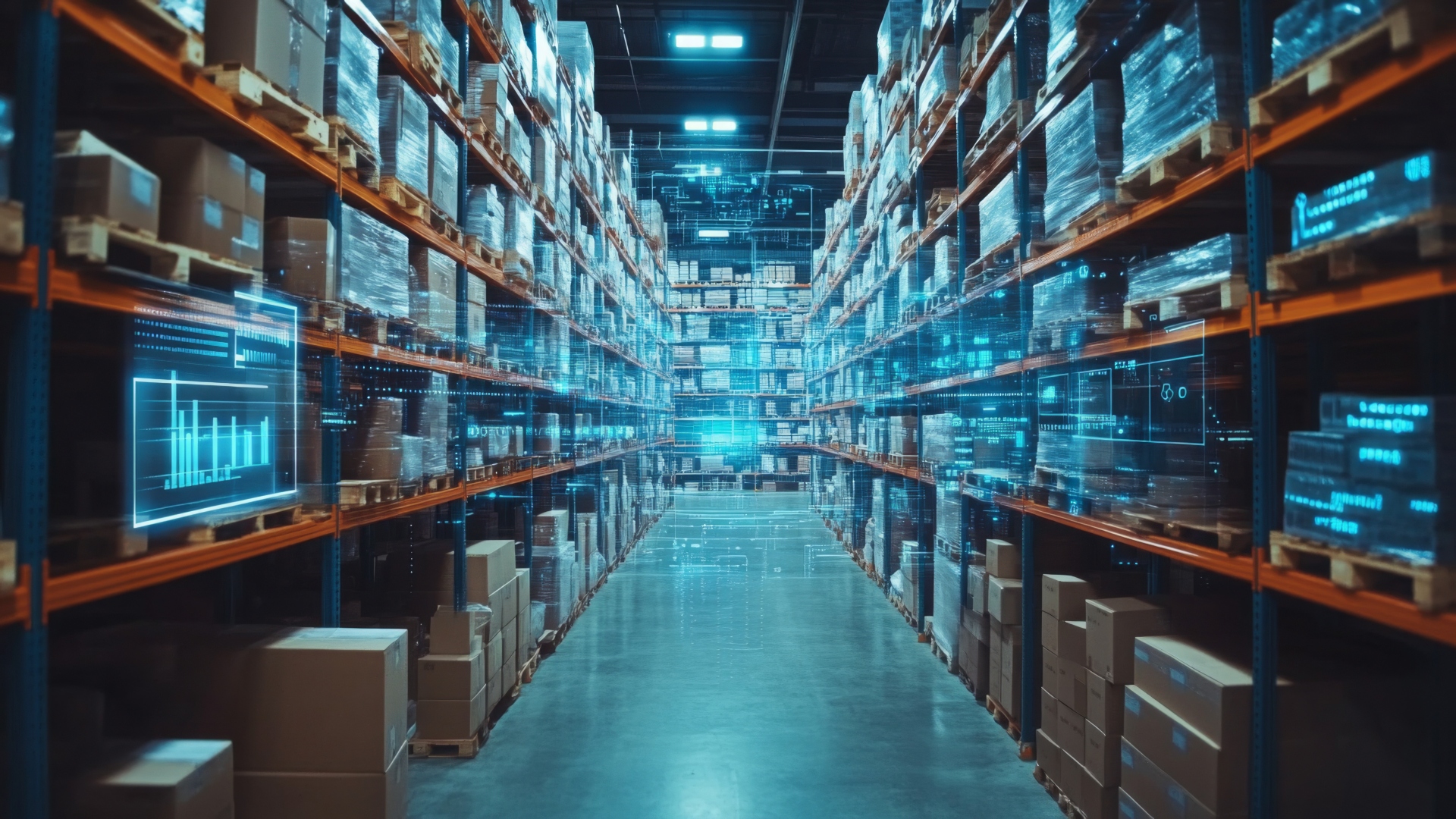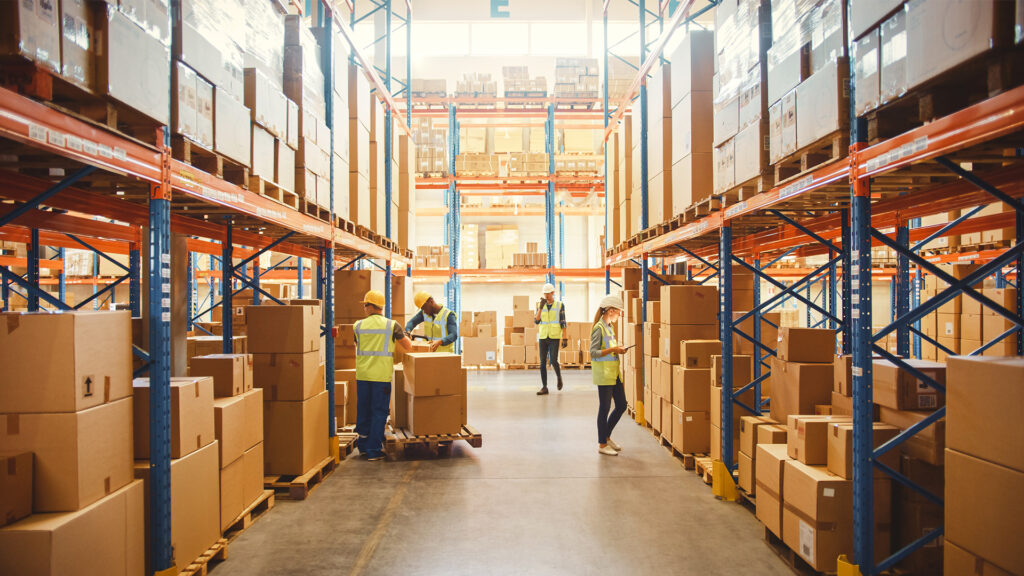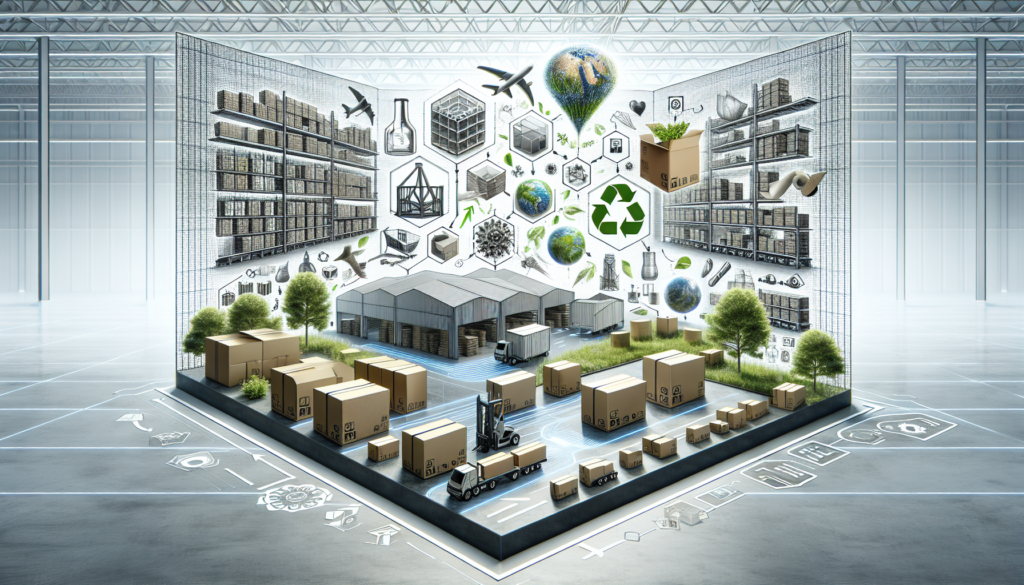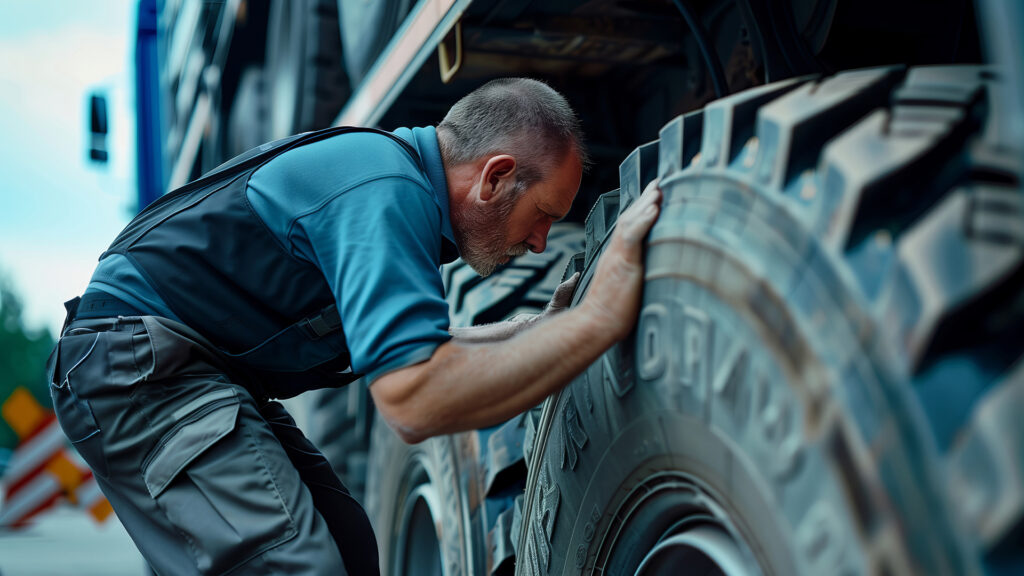Not so long ago, warehouses were pretty much entirely run by human operators and the machines that they ran. Whether that was a horse and cart or a forklift truck, this model of warehouse management dominated for literally hundreds of years.
It’s only been over the past few decades that warehouses have become increasingly automated, often relegating manual processes to another era. However, is this entirely the case? Today, we take a look at both sides of the coin, first exploring areas in which automation has taken over and then looking at tasks that still require a human element.
Where automation has taken over
In many aspects, manual processes have been automated due to advances in areas such as software and robotics.
Loading processes
Loading processes in a wide range of warehouse environments have been automated, reducing or even eliminating the need for human operators and forklift trucks. Companies such as Joloda Hydraroll specialise in providing solutions in these contexts, which aim to cater to the kind of load that’s being dealt with.
Stock tracking
With the widespread use of things like RFID tags, most tracking of stock in warehouses has effectively been automated. In warehouses where trackers and scanners are widespread and constantly present, the data related to stock tracking will be constantly updated.
This means that warehouse managers (along with any other relevant parties, including buyers) can have access to live data on which items are available, with a high level of accuracy.
Where manual processes remain prevalent
There are however still a few areas in which manual processes remain common in warehouse management.
Quality control
While scanners and other pieces of equipment can often detect some kinds of damage, in many cases, human operators are still essential when it comes to quality control. Using both sight and touch, people have an unparalleled ability to spot even the tiniest of defects that would likely be missed by a machine. Of course, this depends on the level of quality control that’s required, and the kinds of items that are being processed.
Special handling
There are also a range of items that require a level of sensitivity when it comes to handling that can’t really be carried out by machines. Whether that’s a delicate computer component, an antique, or any item that doesn’t conform to a standard shape and size, there are certain products that need to be handled and packed by human operators.
It’s important to keep an eye on new technologies that might make the automation of these processes possible, but it’s not worth pushing for an automated solution that will be inefficient and unproductive ahead of time.
This brief overview should have provided you with some basic insights into where warehouse automation is at right now. While there are still some areas that require a human touch, it’s important to keep an eye on where things are headed, so that you don’t miss out on any game-changers in the near future.






























